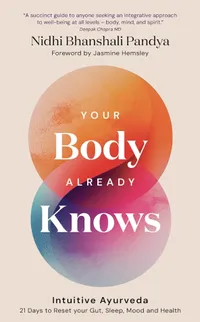Everything you need to know about Ayurveda, India and Sri Lanka's nature-based approach to wellbeing
The holistic practice dates back over 5000 years
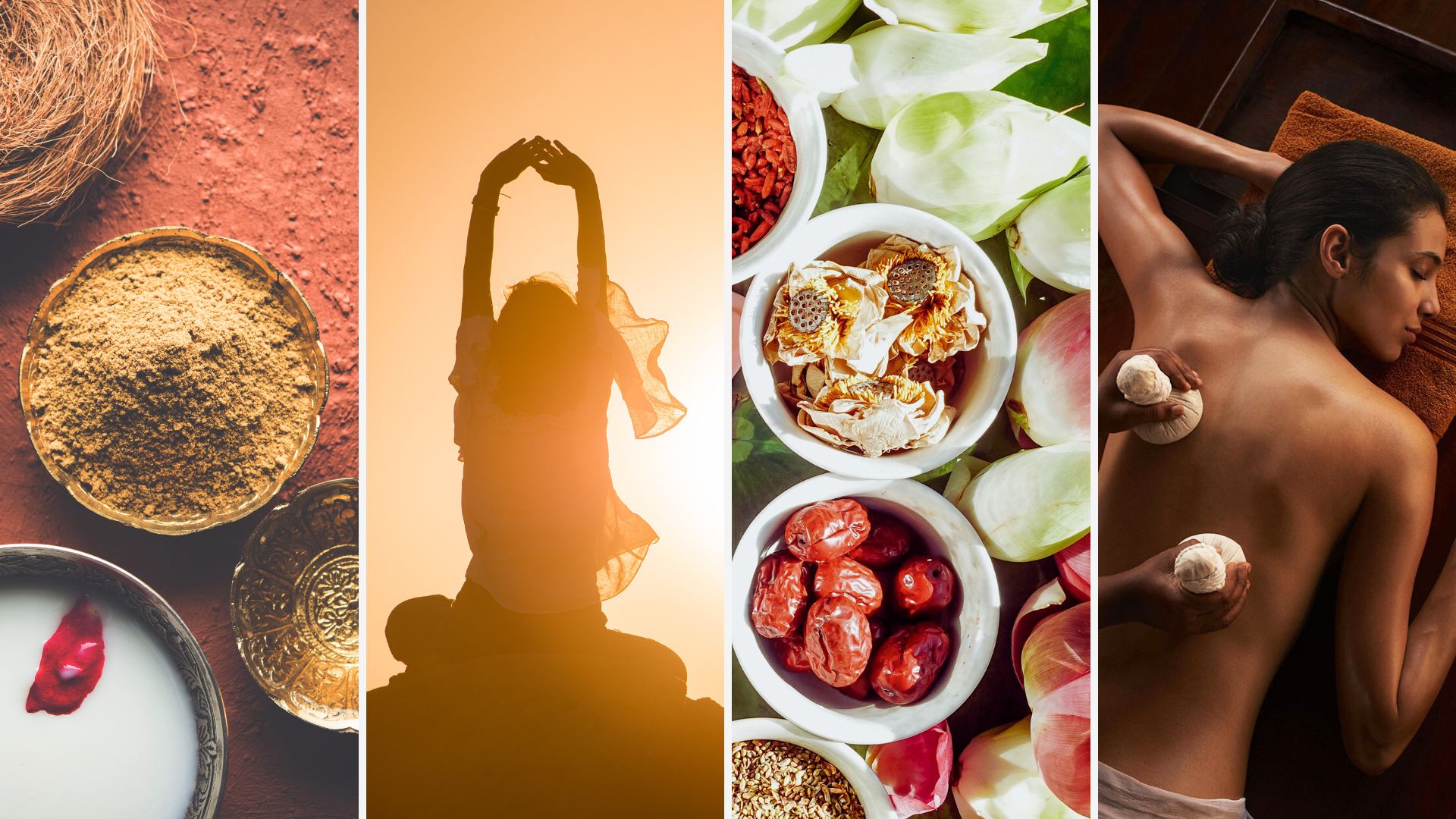

Hailing from India, Ayurveda encompasses a natural approach to healing by using medicinal plants and herbs, alongside various treatments and massage, a plant-based diet, and yogic breathing and meditation.
Ayurveda arrived in Sri Lanka during the 3rd century BC and is practised widely across the island; it’s also popular in Nepal, where over half of the population reportedly use the ancient healing practice.
According to Dr. Gayathri, the resident Ayurvedic doctor at Jetwing Lagoon Wellness, Ayurveda roughly translates to "life knowledge" and is anchored in the belief that each human body is made up of three primary energy patterns known as doshas. Dr. Gayathri explains, “Each person is made up of a different predominant dosha: Vāta, Pitta, or Kapha. When these doshas get out of balance, that is when we start to experience illness, stress, or melancholy.”
After an initial consultation, Ayurvedic doctors, such as Dr. Gayathri, can determine which of the doshas are out of balance and prescribe treatments, dietary changes, and various activities to remedy them. Jetwing Lagoon Wellness offers packages spanning days or weeks to help realign the doshas with meal plans tailored to each person specifically.
Typically, Ayurvedic treatments utilise thick oils made from healing plants and bark or warm poultices of herbs. But the practice is made up of many aspects, some mellow, others extreme, like induced vomiting known as vamana. Here we take a look at everything there is to know about the ancient practice of Ayurveda.
This piece is for informational purposes and is not intended as medical advice. Always consult with a qualified Ayurvedic practitioner or healthcare provider before starting any new healthcare regimen.
Everything you need to know about Ayurveda
Ayurveda: An Overview

This deeply rooted practice has a rich history and a significant presence in India, Sri Lanka, and Nepal. Ayurveda aims to balance the body, mind, and spirit through natural remedies and utilising the healing power of plants.
Sign up to our free daily email for the latest royal and entertainment news, interesting opinion, expert advice on styling and beauty trends, and no-nonsense guides to the health and wellness questions you want answered.
The term Ayurveda is derived from two Sanskrit words: "ayus," meaning life, and "veda," meaning knowledge or science. The practice states that individuals are made up of three fundamental energies (doshas): Vāta, Pitta, and Kapha, with each person having unique physical and mental characteristics based on their dosha.
When these doshas are out of balance, it manifests in the body as illness and disease. A tailored diet and prescribed treatments can help restore the balance.
Your Body Already Knows: Intuitive Ayurveda 21 Days to Reset your Gut, Sleep, Mood, and Health, £19.99 | Amazon
<p>This simple and practical book distils the profound principles of Ayurveda into an actionable plan for modern living, to benefit your sleep, gut, mood and more.Ayurveda benefits
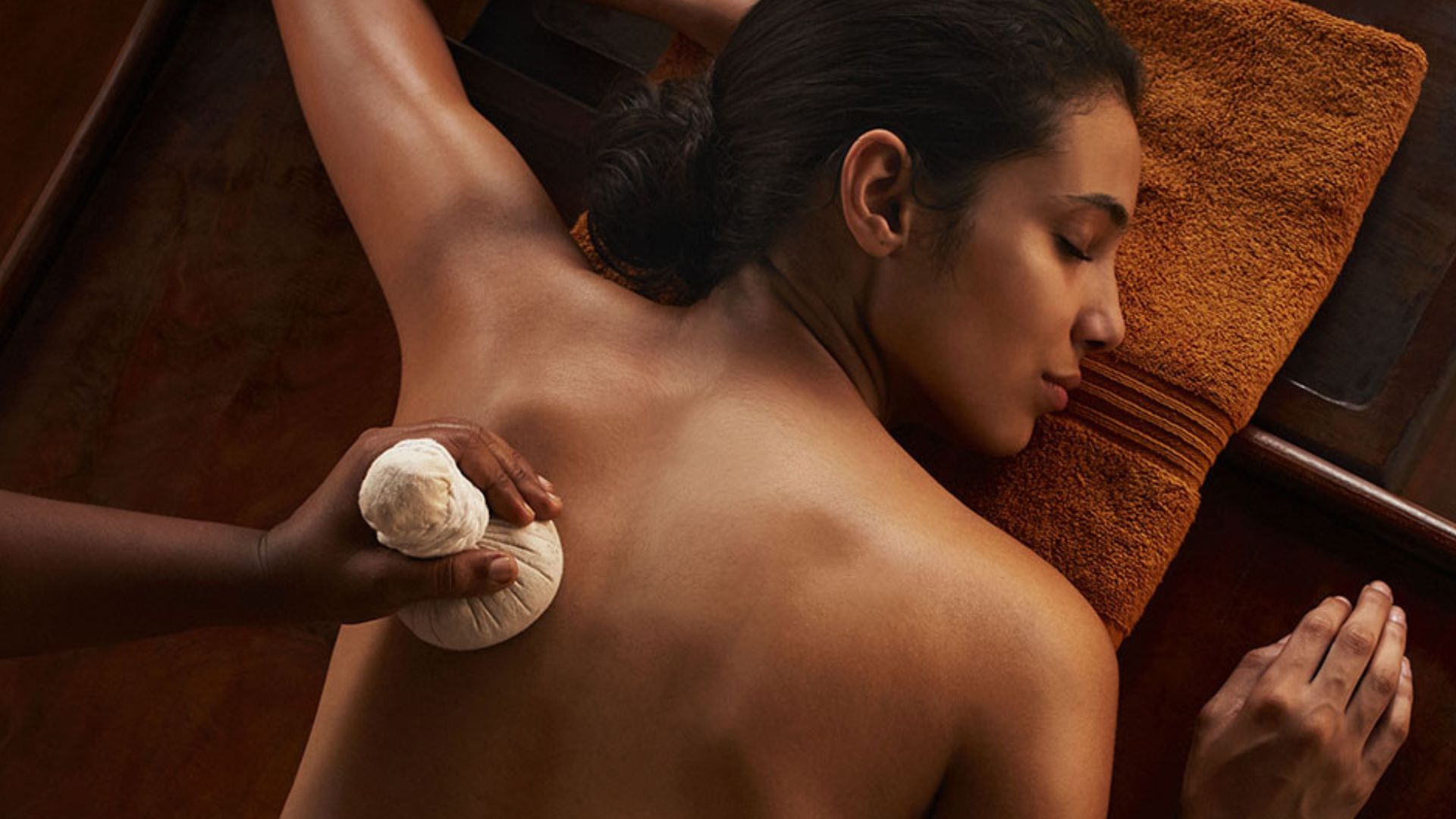
According to Dr. Rekha from SOUKYA, one of India’s leading Ayurvedic centres, Ayurvedic treatment can benefit almost everyone as it focuses on holistic well-being, balancing the body, mind, and spirit. She also acknowledges that “it can help manage the root cause of long-term conditions,” sharing that the most common conditions she treats are “chronic conditions like arthritis, skin and hair disorders, stress and anxiety, and hormonal disorders.”
Vāta dosha (air + ether)
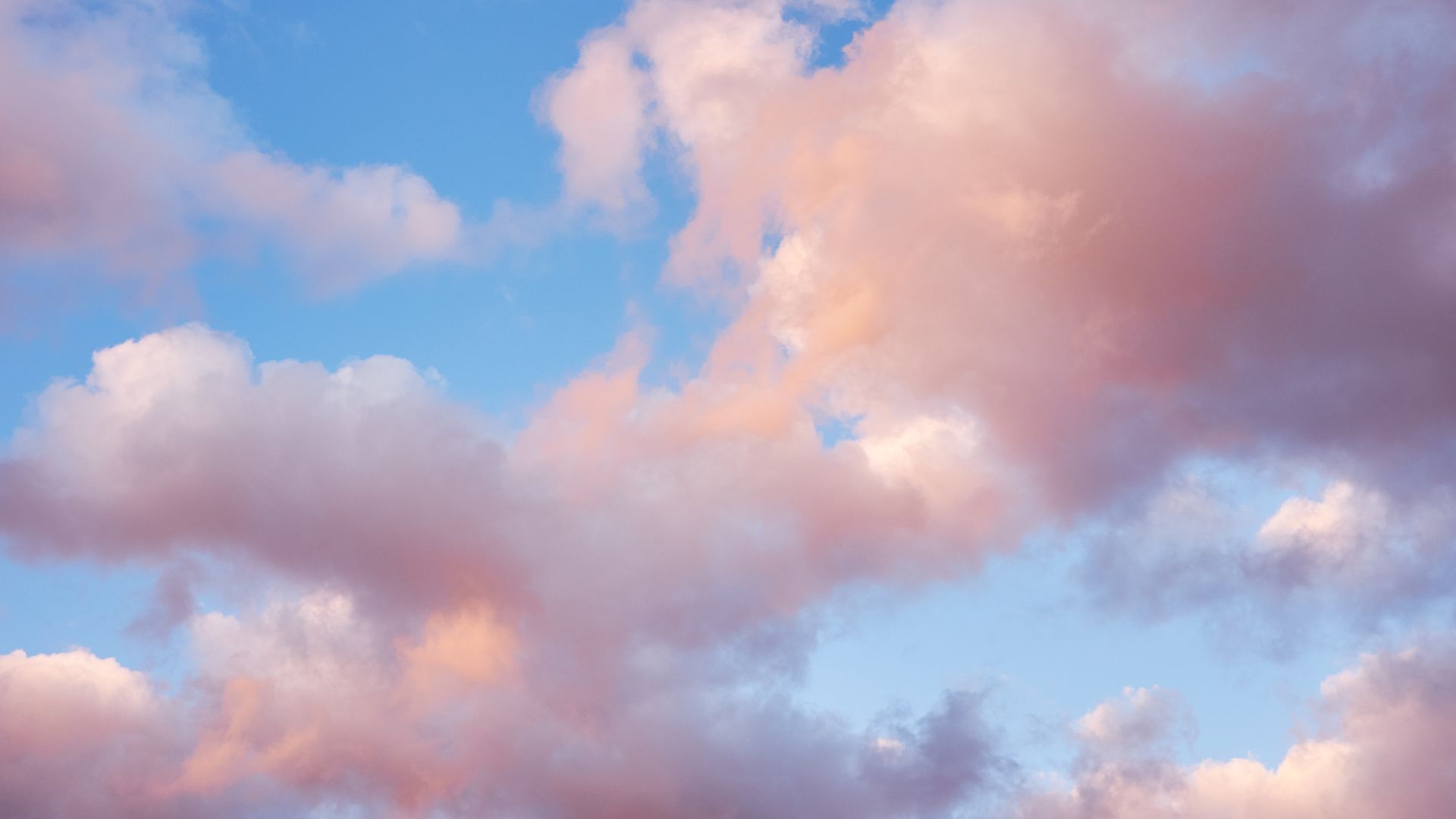
According to Dr. Gayathri, the Vāta dosha is associated with air and space. She says, “people with a predominant Vāta dosha are usually quite creative, but can be prone to anxiety. To keep a good balance, anyone predominantly Vata should avoid dry fruits like dates and raisins and processed sweet food, and stick to grounding and nourishing foods like cooked grains and root vegetables.”
Pitta dosha (fire + water)
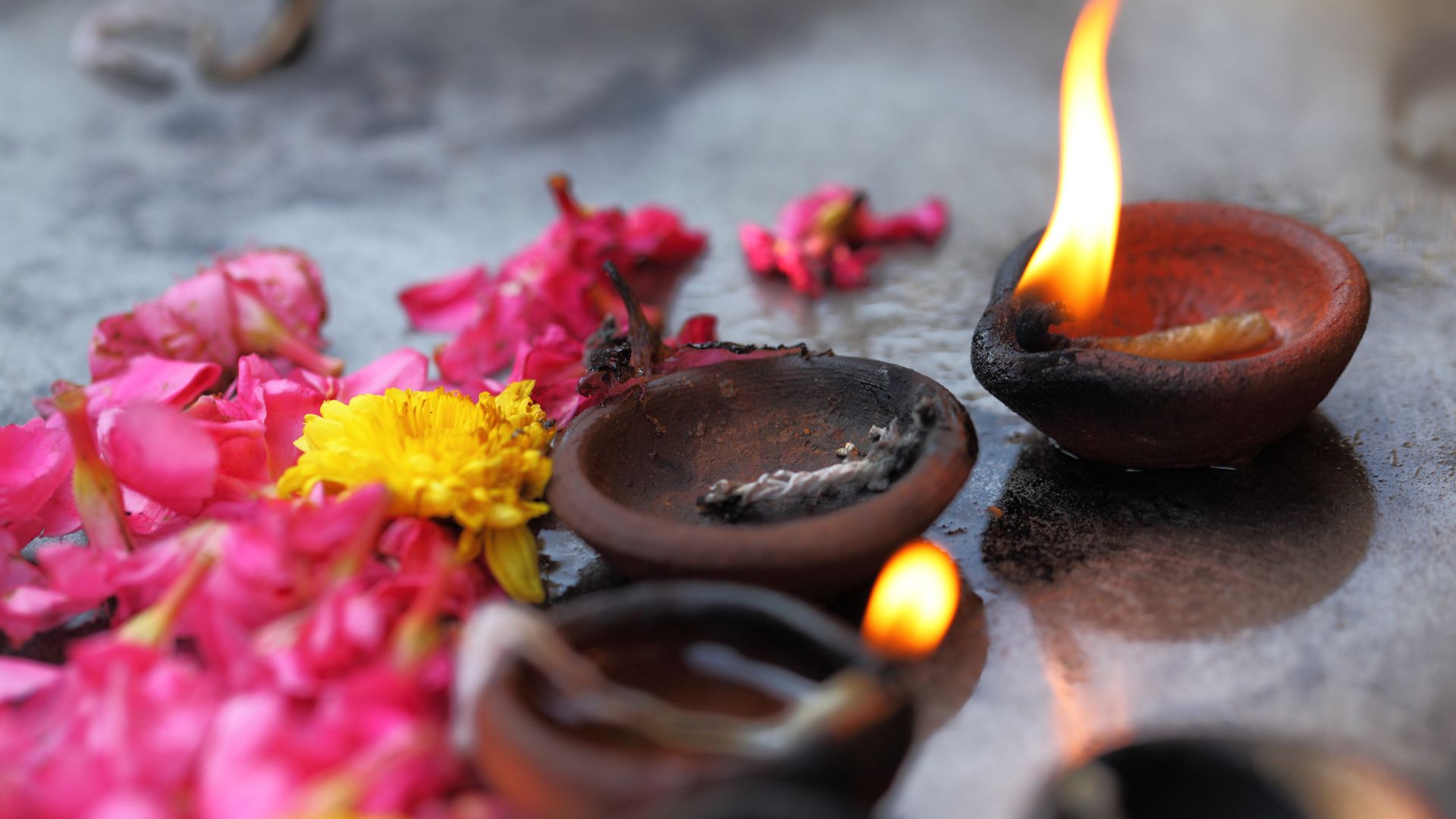
As the energy associated with fire and water, anyone made up mostly of Pitta energy will likely be quite competitive, but can get aggressive and vain when the levels are out of balance.
To remedy this, Dr. Gayathri recommends “cooling carbohydrate-rich foods” as well as treatments like Panchakarma, an all-encompassing five-fold detoxification that can last up to 28 days.
Kapha dosha (earth + water)

People with a Kapha dosha are typically calm and compassionate but can be prone to possessiveness. When Kapha doshas become out of balance, it manifests as depression, a foggy mind, and a lack of appetite.
To avoid this, anyone with a predominant Kapha dosha should stick to grains and leafy vegetables and avoid sour fruits such as pineapple and oranges.
Ayurvedic hospitals

As the birthplace of this ancient healing system, India offers a staggering array of Ayurvedic hospitals and treatment centres where guests can be fully immersed in the world of Ayurveda with fully tailored treatment plans. One of the most revered in India is SOUKYA, which has even been frequented by Queen Camilla and King Charles.
Sri Lanka also boasts an impressive array of well-run health retreats and centres, ranging from high-end to more authentic, low-key options.
Ayurvedic medicines
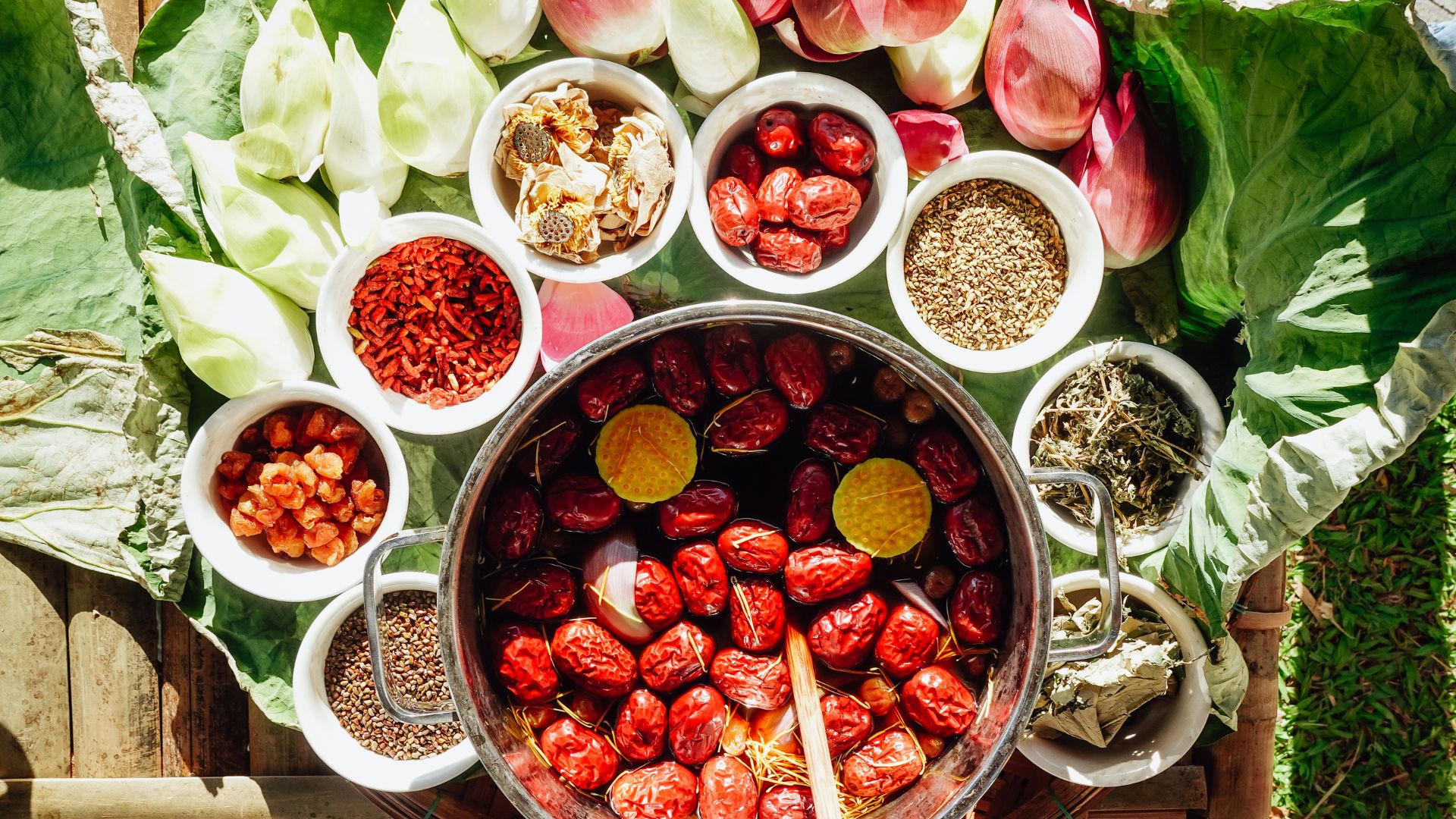
Ayurvedic medicines are made from plants, herbs, and spices and come in varying forms. You might be given pills or tablets that have been made from finely ground dried plants and herbs, or given plant extracts that are soluble in water and therefore can be drunk.
Pastes, powders, and oils are typically used externally as part of massages or body treatments, but are also derived from natural products and plants.
Thaila (oil)

Ayurvedic oils play a huge role in balancing the doshas. They can be used as part of a bathing treatment or in massage, but they can also be gargled, consumed, or used in the nostrils (nasya).
The oils are typically made with essential oils and plant extracts, including ashwaganda, neem, and Rubia cordifolia (Indian madder), as well as coconut oil.
Ayurvedic yoga
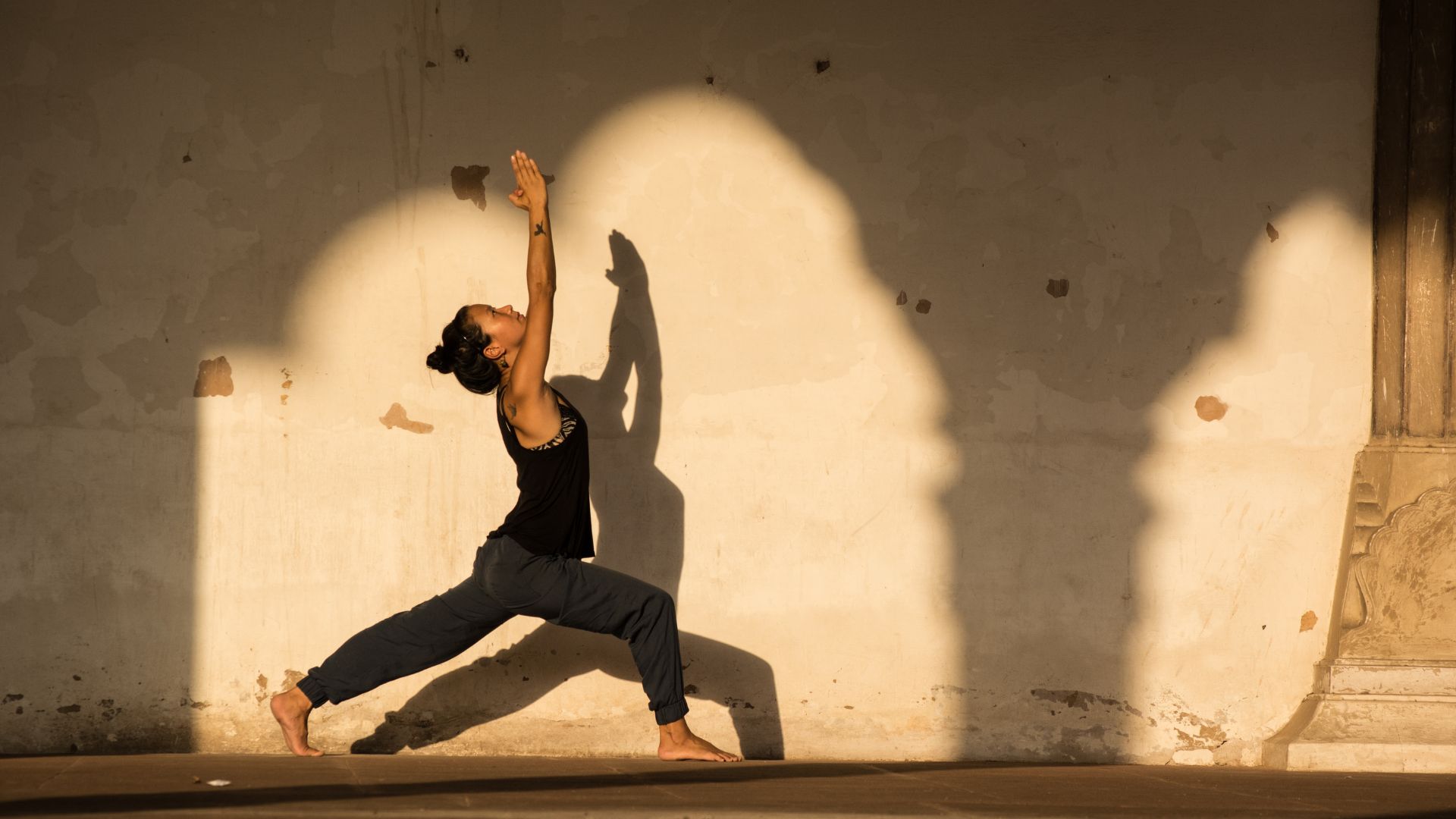
In the pursuit of balancing and healing the body, mind, and soul, Ayurveda and yoga are inseparable. While Ayurveda focuses on physical wellbeing and a holistic approach to well-being, yoga aims to liberate the mind and consciousness, ensuring they work in tandem.
While it’s not imperative to practise yoga and Ayurveda in tandem, most retreats and hospitals will offer yoga as a way to complement the Ayurvedic diet and treatments suggested.
Panchakarma
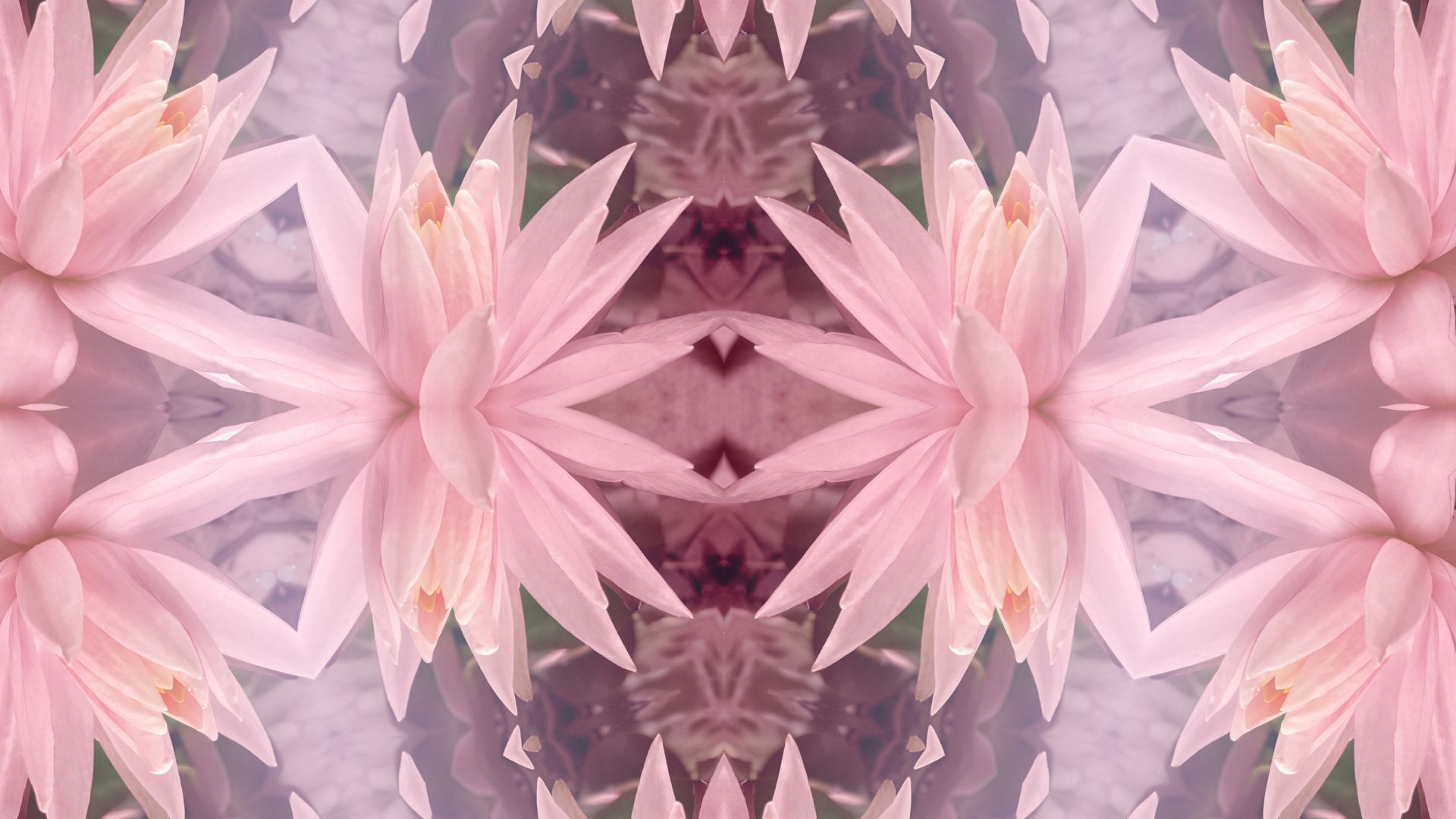
Panchakarma is an all-encompassing treatment including five purificatory procedures designed to cleanse the body of accumulated toxins and restore balance among the three doshas.
According to Dr. Rekha the treatment plan includes: “Vamana for managing Kapha disorders like skin diseases and respiratory issues, Virechana for managing pitta disorders like digestive issues, Vasti for balancing Vata through herbal oil or decoction enemas in conditions like arthritis and neurological disorders, Nasya which is the nasal administration of medicaments which helps to detoxify toxins from head and neck region and Rakta Moksha, a blood purifying exercise.”
Meditation
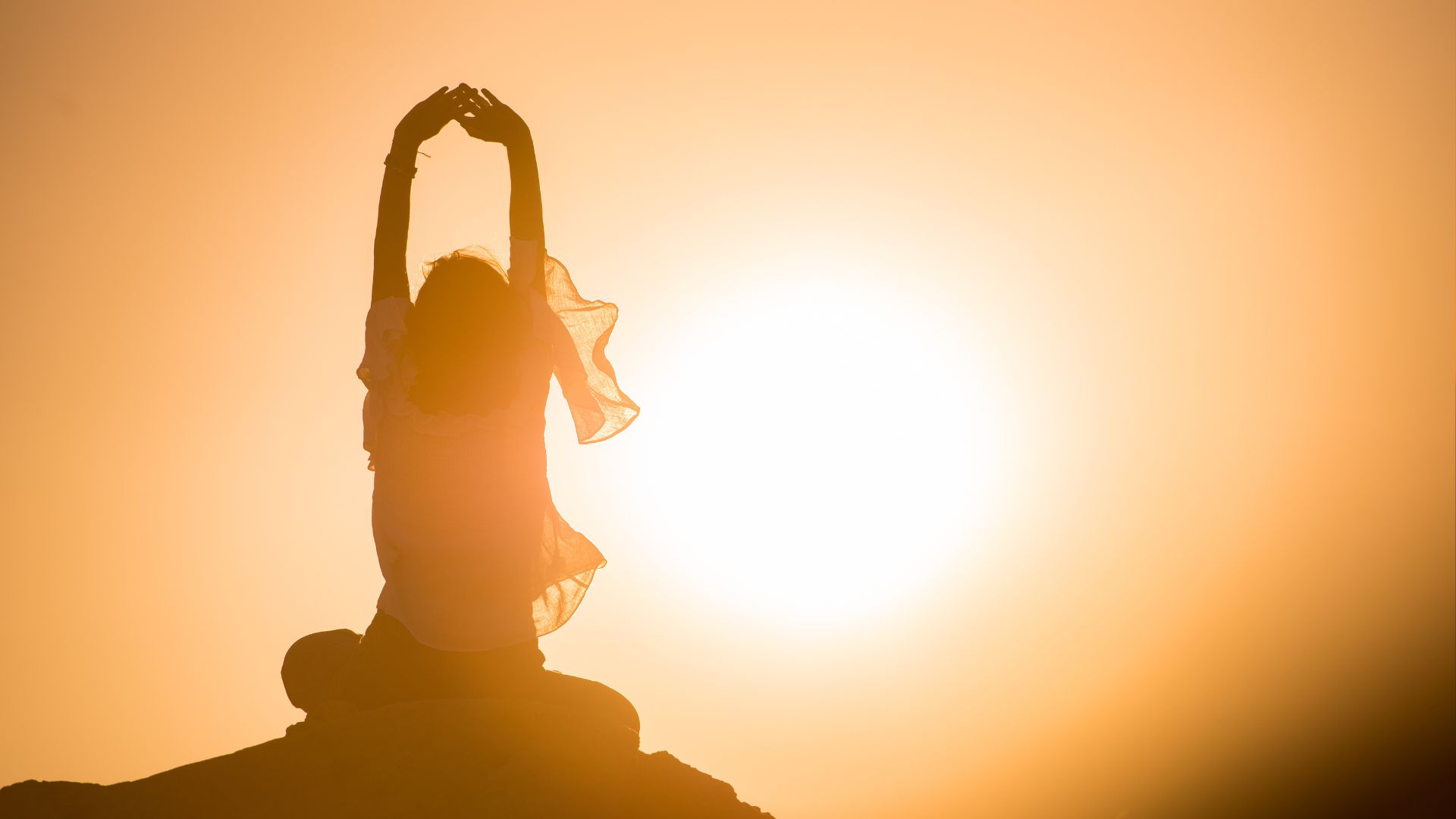
An integral part of the Ayurvedic lifestyle, meditation works well with many of the treatments used in Ayurveda. Vipassana is one of the most popular meditation techniques in India and Sri Lanka, and it works well for calming the mind, expelling negative thoughts, and being present.
When one can observe emotions without reacting to them, it can help in all aspects of life, reduce stress, and enhance focus.
Udvartana
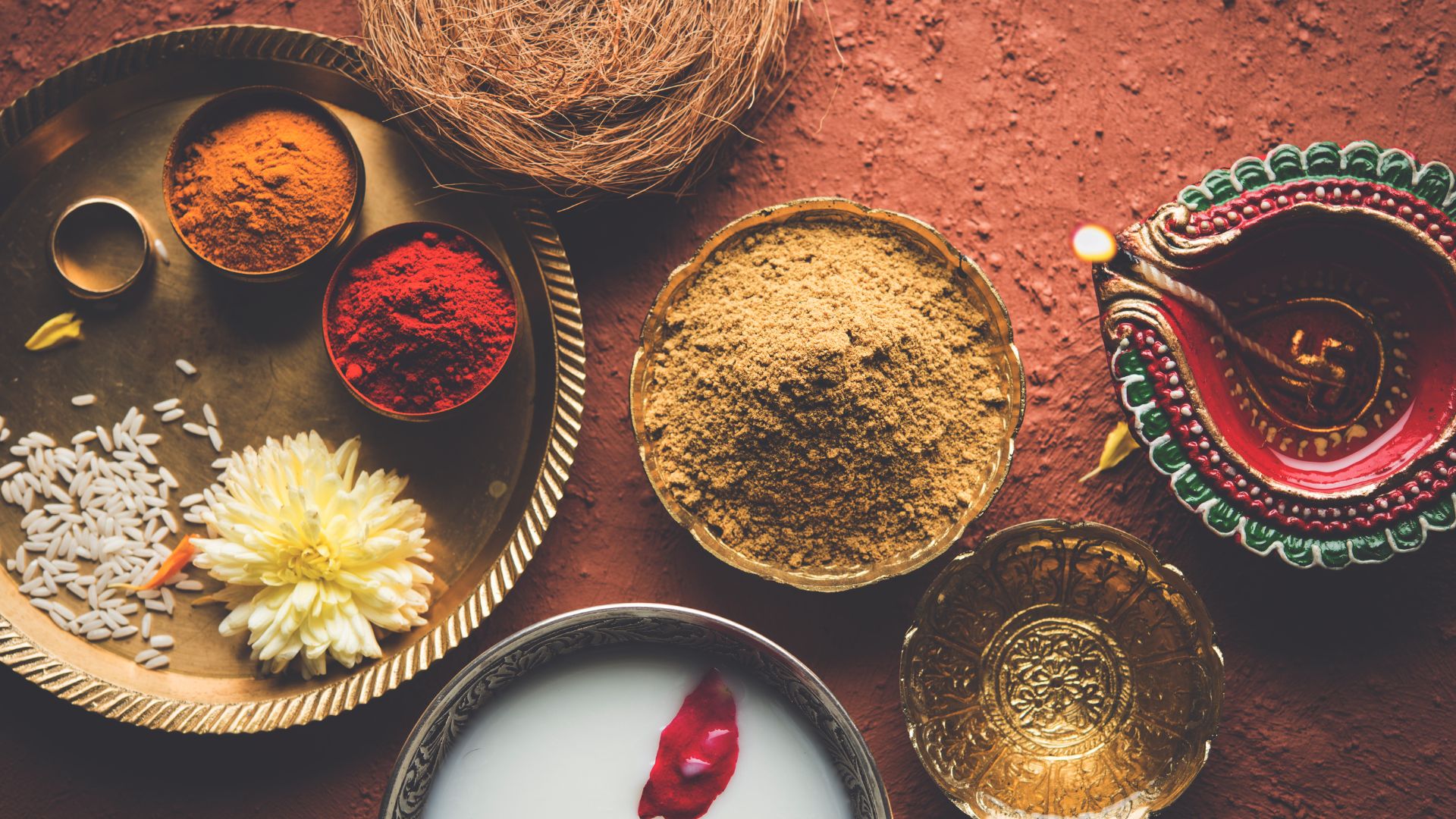
This treatment involves a body scrub made of finely ground herbs mixed with oil to exfoliate and rejuvenate the skin. The treatment is amazing for improving circulation, since it’s a kind of lymphatic drainage.
It's particularly beneficial for Kapha dosha imbalances as it addresses sluggishness and water retention. Often a deep red colour, the thick oil and powder combined help to remove dead skin cells as well as moisturise dry skin.
Shiro Abhyanga
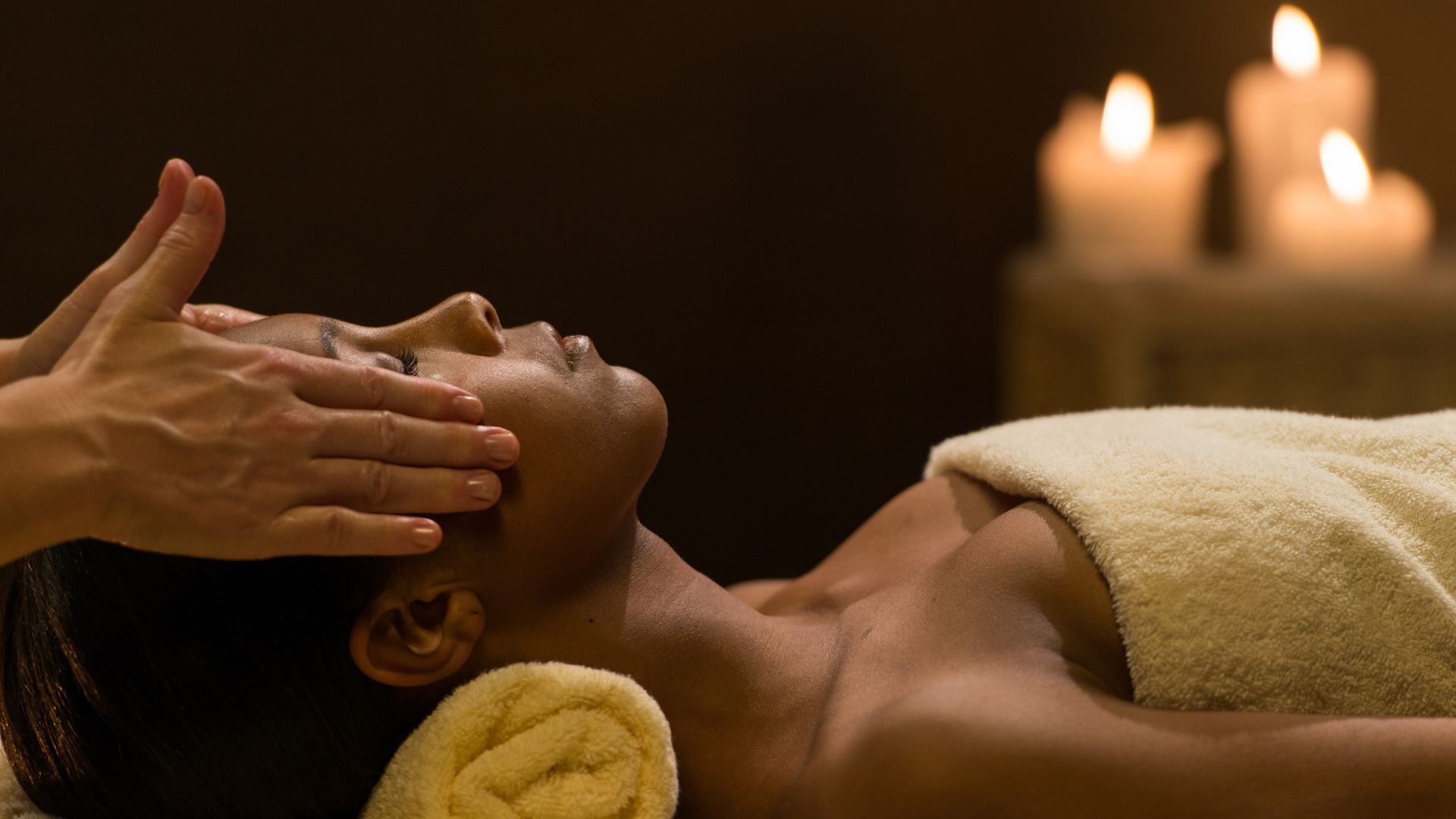
Shiro Abhyanga is an Ayurvedic treatment that focuses on the scalp, neck, and shoulders and uses a warm medicated oil infused with herbs. The herb used can be chosen depending on which dosha imbalance the person receiving the treatment has.
As well as being incredibly relaxing, Shiro Abhyanga can also provide immediate relief from stress and fatigue, and if performed regularly, can reduce hair fall, grey hair, and encourage hair growth by enhancing blood circulation.
Rooted in history
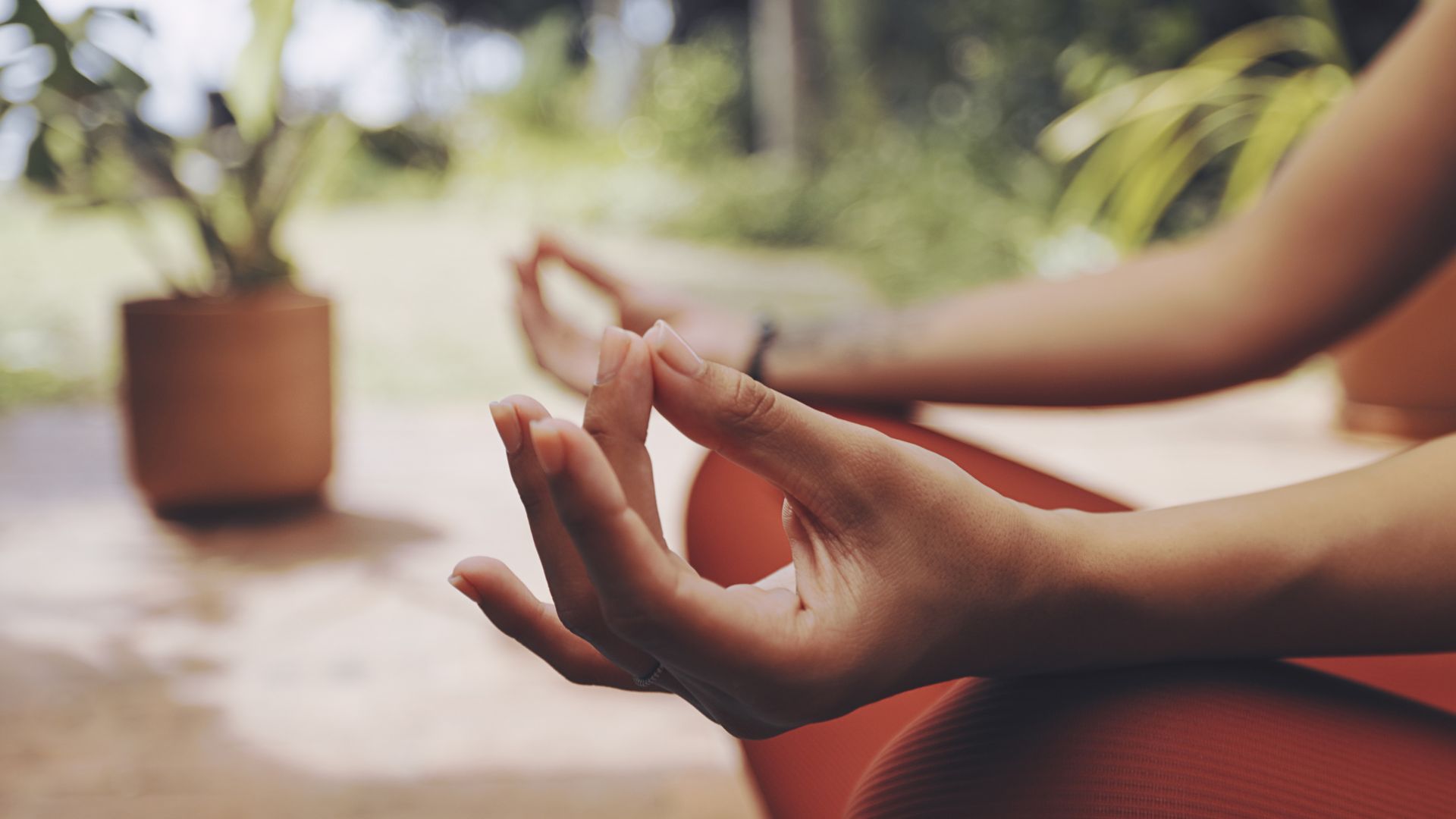
As one of the world’s oldest medical systems, Ayurveda is believed to have originated in Northern India during the Vedic period of the late Bronze Age. Passed on over the years through word of mouth, it’s staggering that the same principles are still taught today, proving in some way its effectiveness.
In Hinduism, Dhanvantari is widely regarded as the god of Ayurveda and is considered an avatar of Lord Vishnu.
Herbal healing
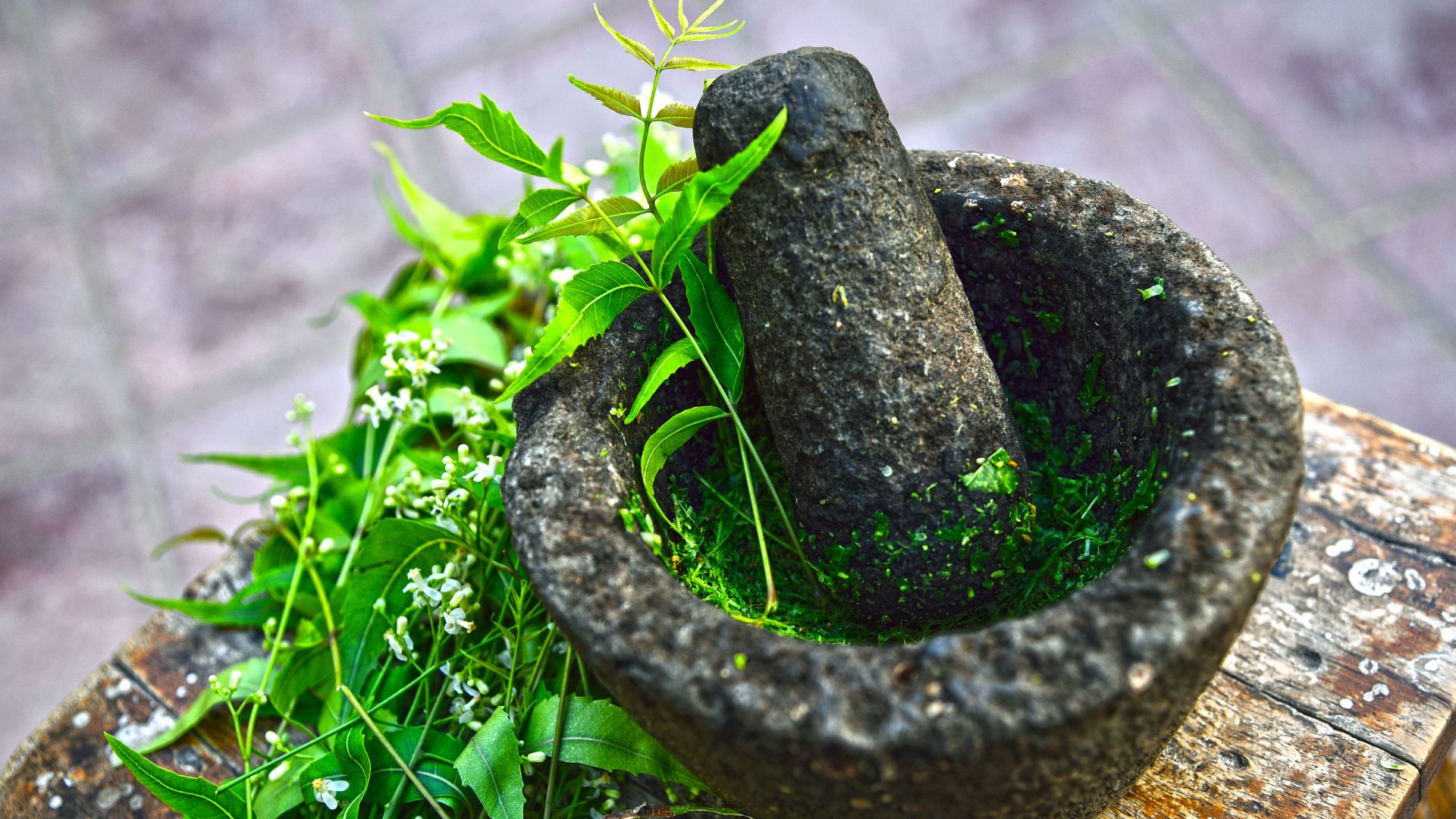
Herbs, barks, and plants make up the foundation of Ayurvedic medicine, with popular herbs including neem, gotu kola, and tulsi.
When combined with oils, these crushed herbs provide endless benefits to the skin and hair, or when taken orally, they can plethora of health benefits, including lowering blood pressure, reducing stress and anxiety, and lowering cholesterol.
The natural world

Nature’s role in Ayurvedic healing is profound and underpins the very foundation of the movement. Ayurveda stresses the importance of a healthy diet that includes whole foods, locally grown and seasonal fruits and vegetables, and little or no dairy products.
Spending time outdoors, grounding into the natural world and appreciating the beauty of animals, insects, plants, and trees, as well as the elements of the earth, are of utmost importance.
Shirodhara
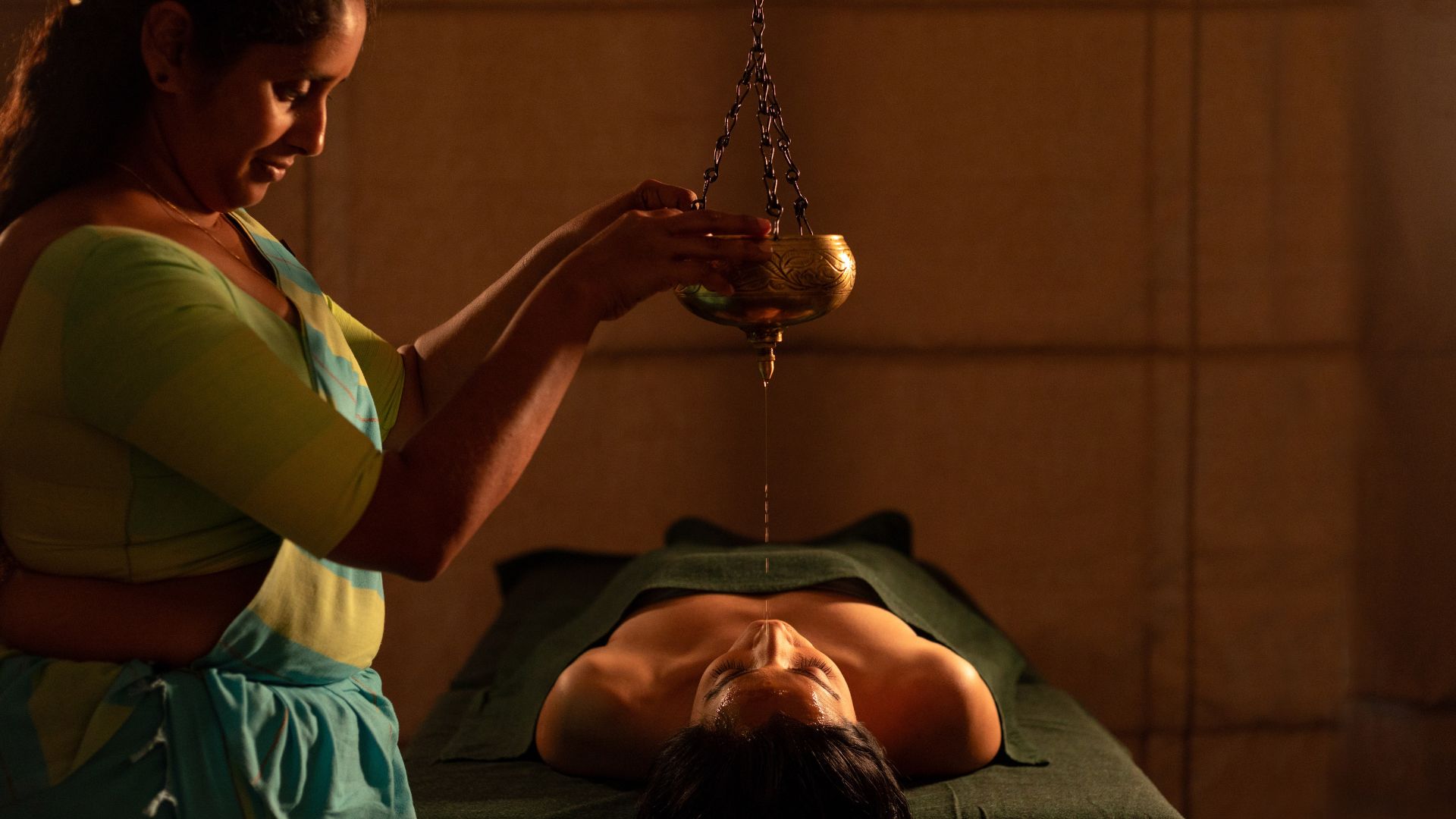
This procedure sees a continuous flow of warm medicated oil or medicated milk poured on the forehead for a particular duration of time. It helps to strengthen the nervous system, promotes deep mental relaxation, reduces stress, anxiety, insomnia, and depression. It helps to improve memory and concentration, and also calms the mind and emotions.
The use of a wooden bed is traditional, enhancing the grounding and healing experience.
Tinctures and infusions
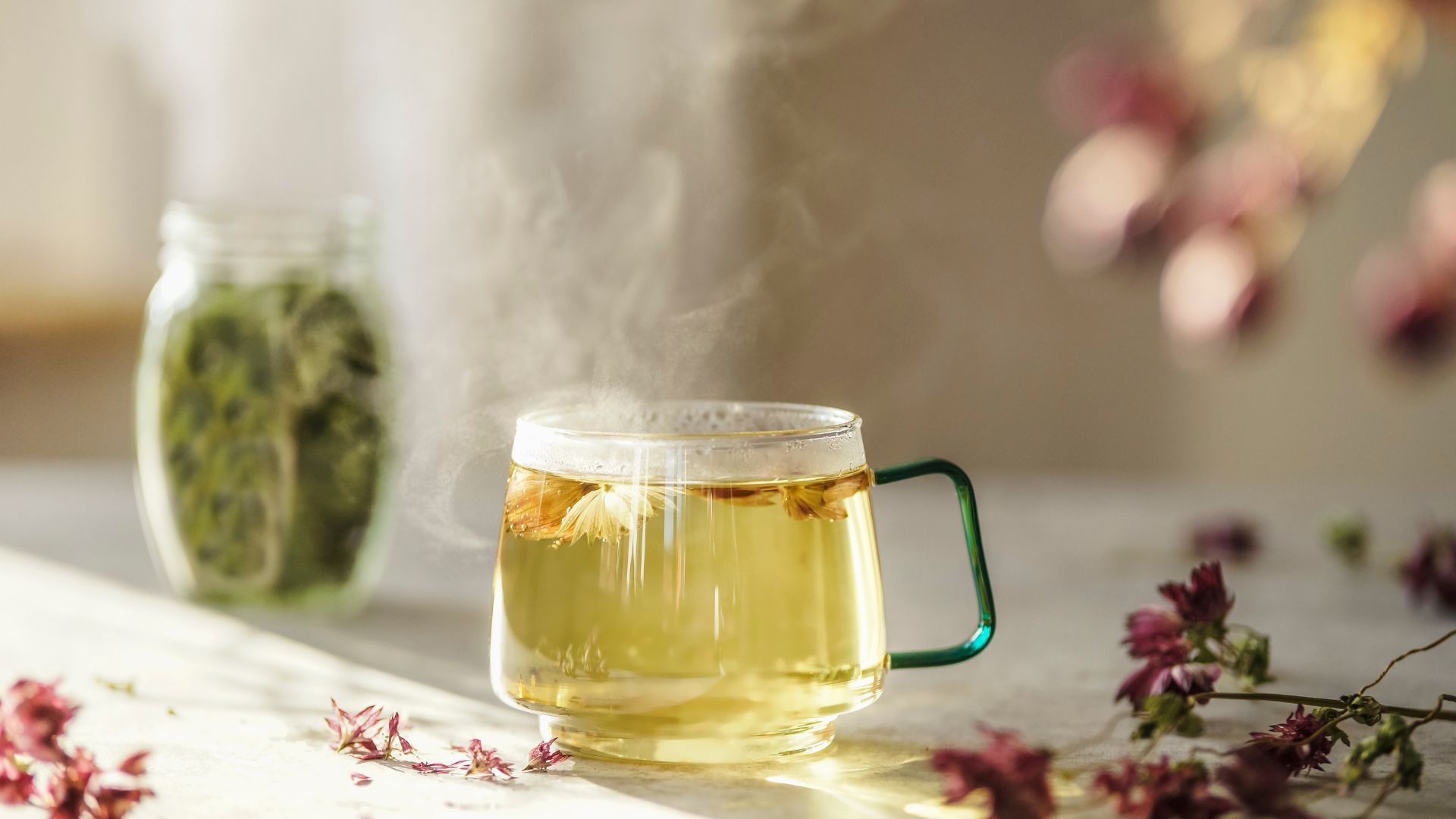
Herbs steeped in warm or hot water also play a huge role in Ayurvedic medicine, with different herbs and plants being suitable for the different dosha types.
Some of the popular herbs for calming the mind, cooling the body and regulating the digestive system include: Iramusu, Beligatamada, Ranwara, Polpala and Neeramulliya.
Mud therapy

To help bring the five elements of the body back into harmony, sometimes a mud pack is used, especially if the person has a lot of dryness in the body.
Mud therapy uses mud packs rich in minerals to help soothe and add moisture back into the body. They can be applied anywhere but are particularly popular on the back in Ayurveda.
The healing power of nature
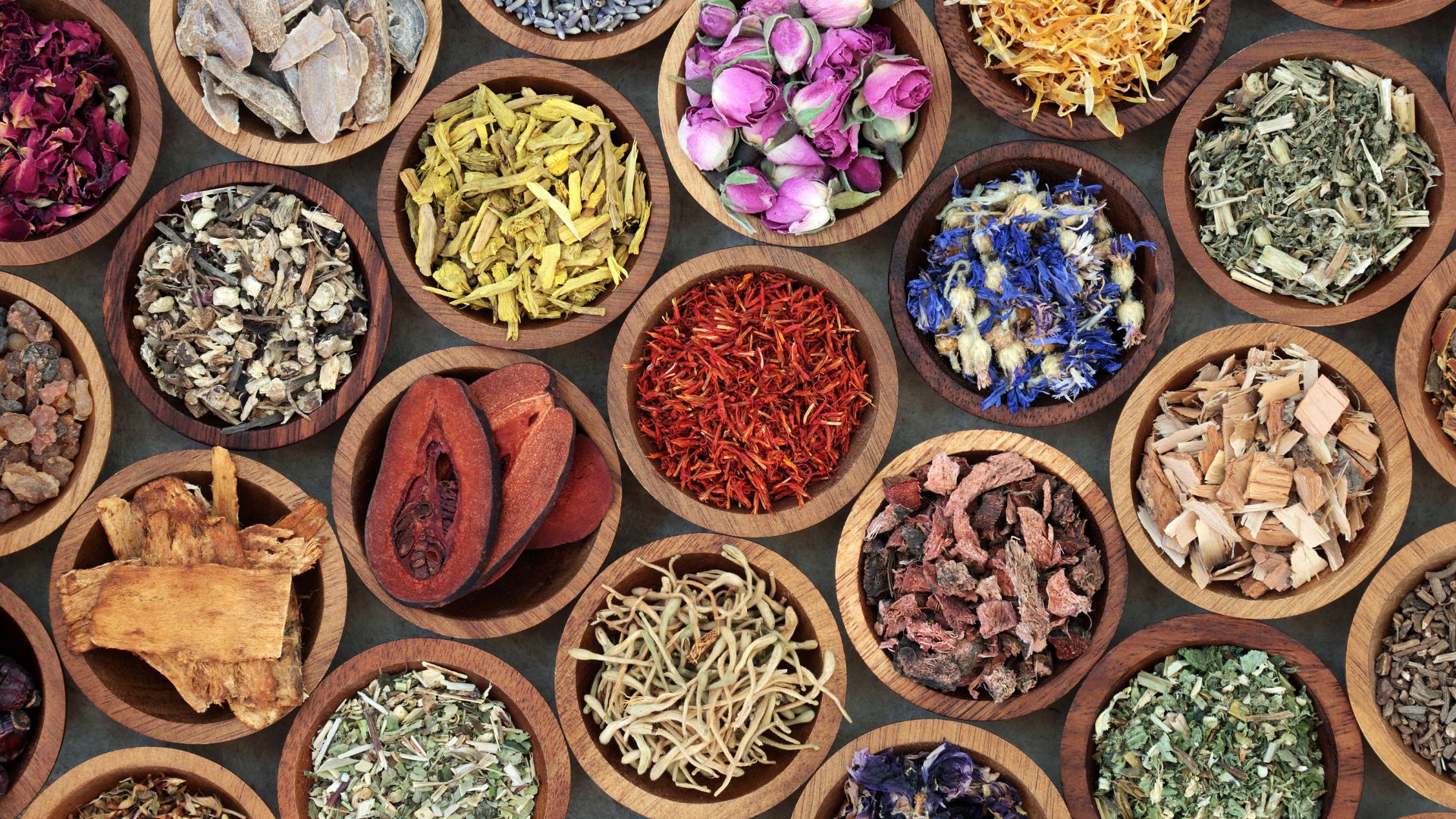
Petals, bark and dried fruit are all used in the ancient practice of Ayurveda and while some of the ingredients used are only grown in parts of Asia, there’s an array of plants that can be grown or bought in the UK too.
For example, rose tea, made from the petals and buds of the rose bush, is a rich source of antioxidants, as is nettle tea, which grows wild and in abundance in the countryside. Try it and bring a little bit of the Ayurvedic way of life home.
Prevention is key
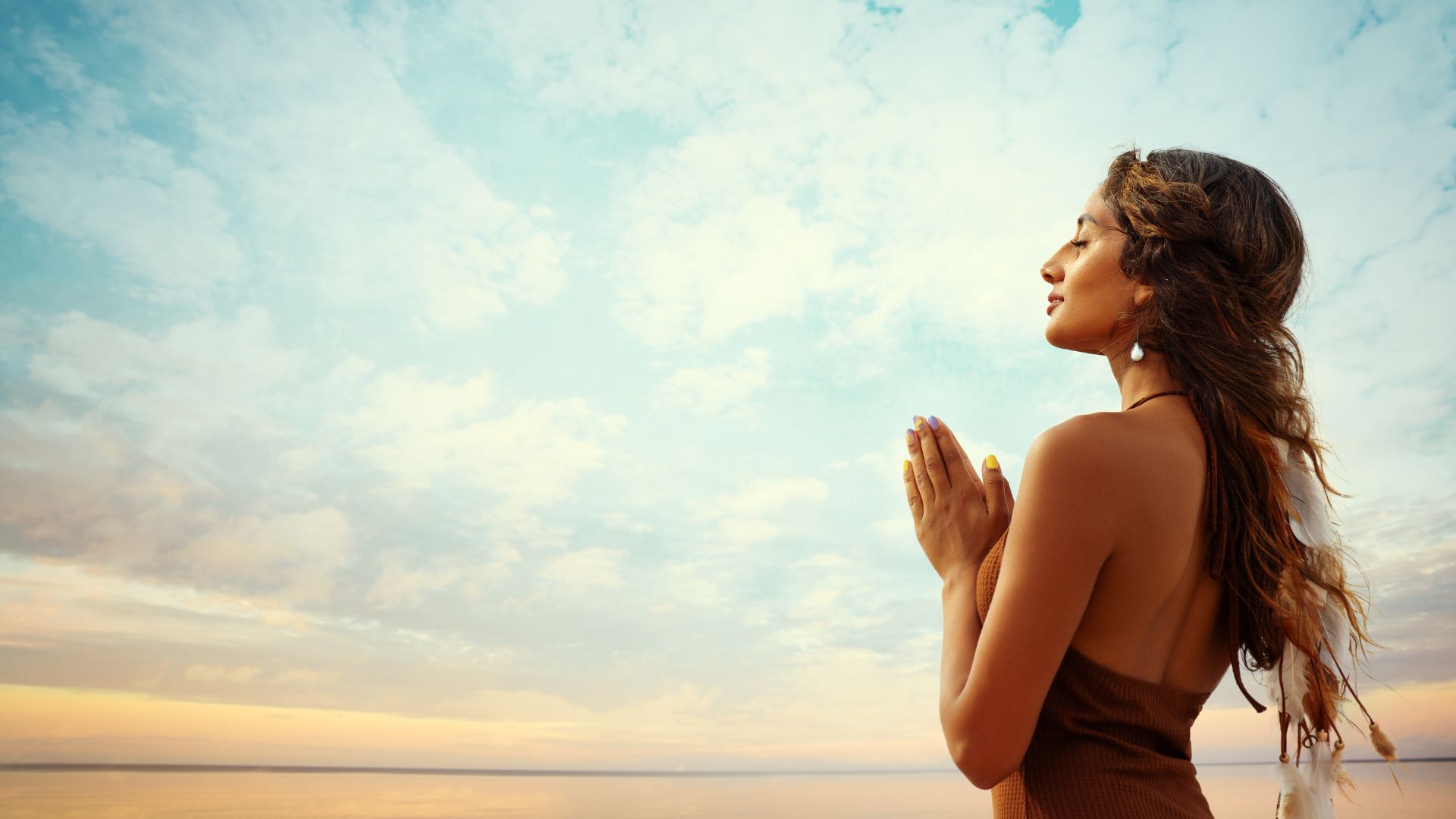
Staying on top of physical and mental well-being plays a fundamental part in Ayurveda, which can be adhered to by sticking to routines that include yoga and meditation.
The overall purpose is to make deliberate lifestyle choices that keep the body and mind balanced through diet, massage, exercise, and self-care.
Pindasweda

The poultice pictured above is one of the tools used in Ayurvedic massage. It’s typically muslin cloth filled with chopped herbs and seeds such as ginger, turmeric, cumin, or mustard seeds and padded out with rice.
Once sealed, the poultices are heated up and applied to different parts of the body to relieve tension and muscle pain.
Kati Abhyanga
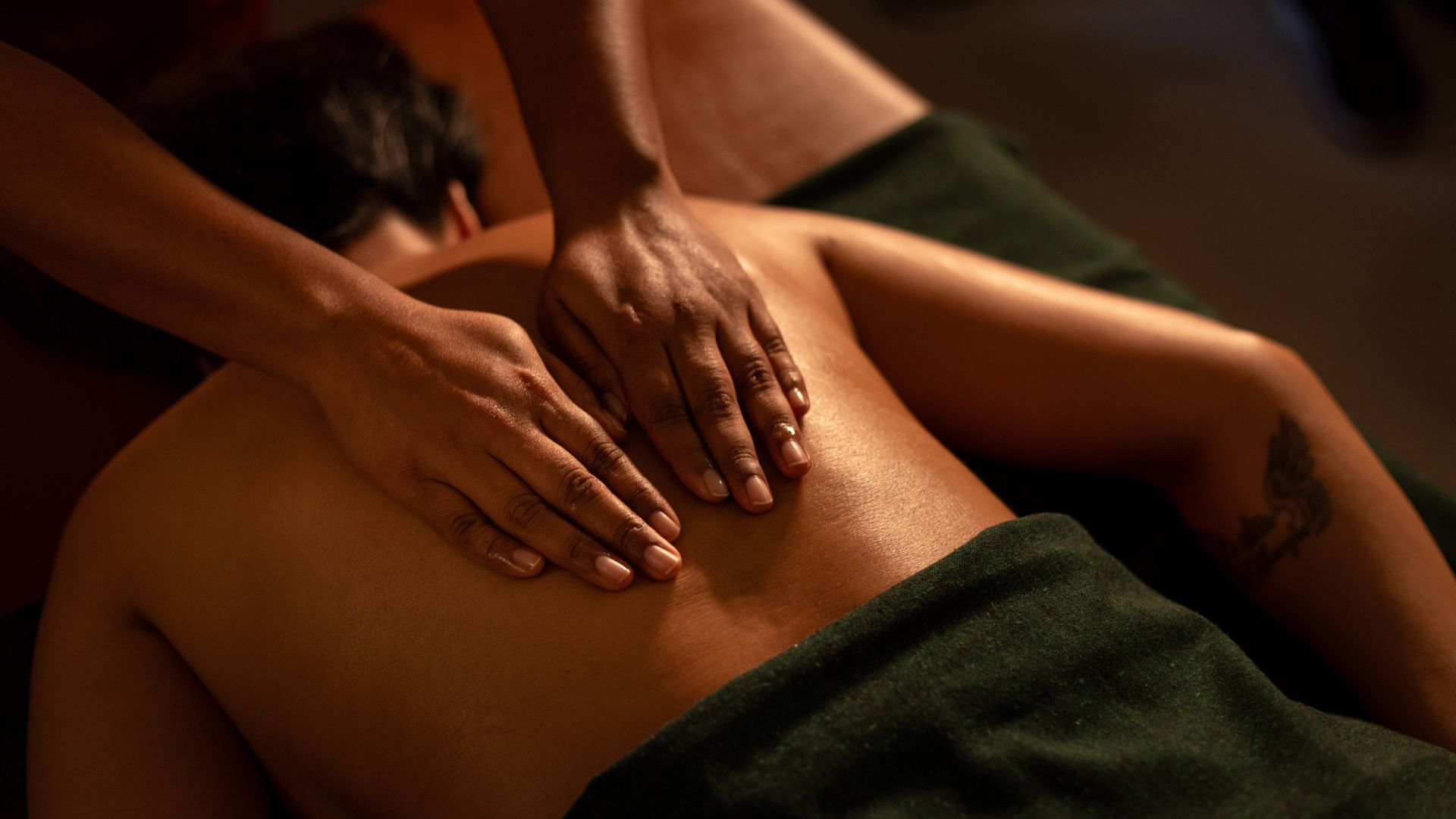
Targeting the back, this treatment helps relieve tension, aches, and pains and improve spinal health with the use of warm oils.
Vāta body types should have a heavy grounding oil, such as sesame, Pitta constitutions should have a cooling oil to balance, something like coconut or sunflower, while Kapha make-ups should make use of mustard oil.
Stick to routine
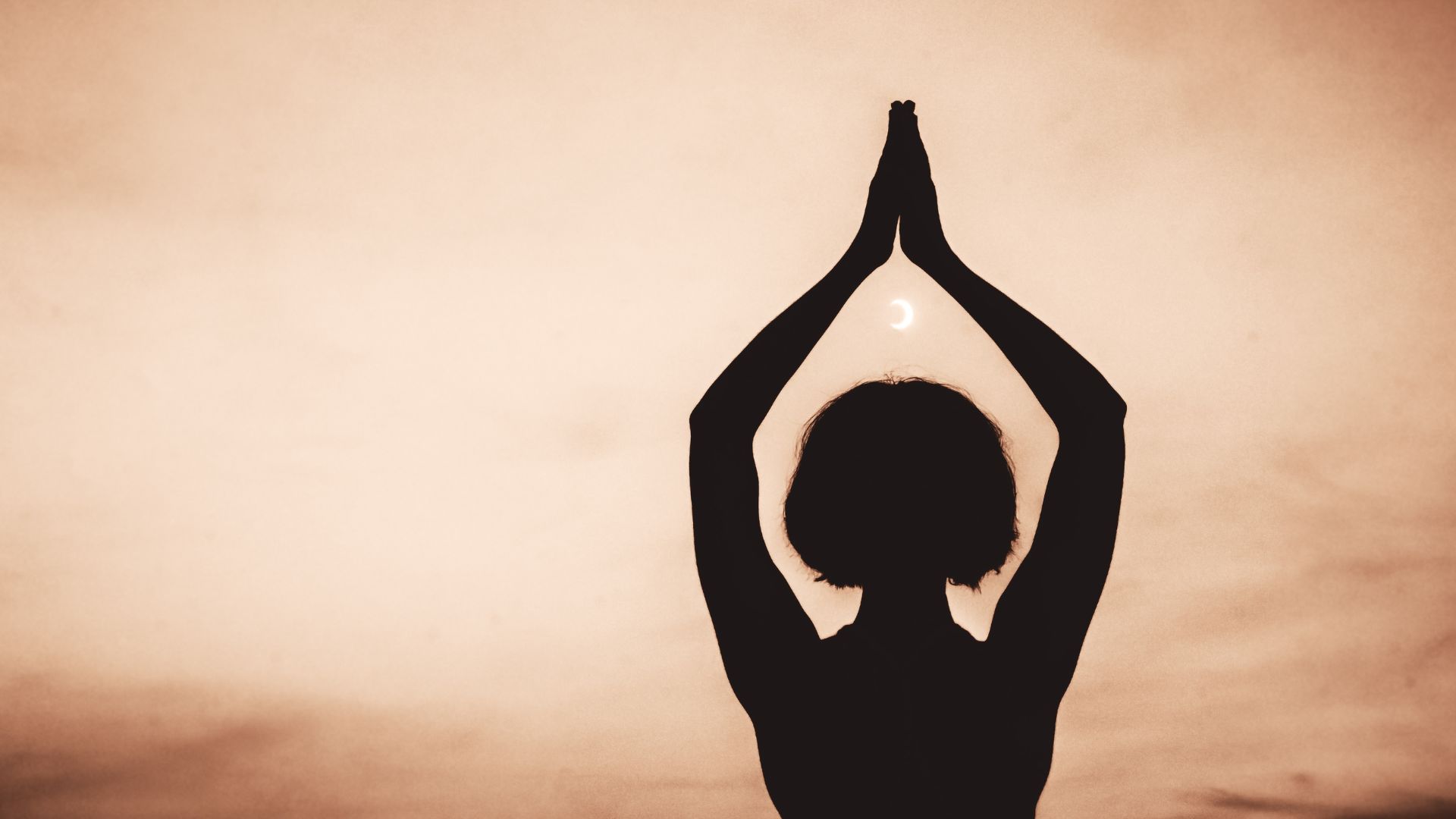
In Ayurveda, Dinacharya refers to the practice of establishing a daily routine, which in turn promotes physical, mental, and spiritual well-being. Ayurveda teaches that having a routine and finding a rhythm in the day can be incredibly beneficial to overall health.
To start, it’s a good idea to sync with the day’s natural rhythms of waking when the sun rises and sleeping when it goes dark. Exercise, meditation, and self-care can all be added to the daily routine and undertaken at the same time each day for maximum benefit.
Stay hydrated

Ayurveda states that hydration, through herbal teas and water, is essential for well-being since the human body is made up of around 70% water. There are a few rules, however. Taking in excessive amounts of water is not recommended; small sips throughout the day is more beneficial for all doshas.
Cold water should be avoided and warm water taken in its place to help aid digestion, and drinking with food is also not recommended since it weakens digestion.
Nasya

Nasya is an important Ayurvedic therapy used to cleanse and rejuvenate the nasal passages, sinuses, and respiratory system. Warm herbal oils, often infused with medicinal herbs, are gently dropped into the nostrils to help clear blockages, reduce inflammation, and promote better airflow.
This treatment is believed to enhance mental clarity, reduce headaches, and alleviate symptoms of sinus congestion and respiratory issues.
Vasti
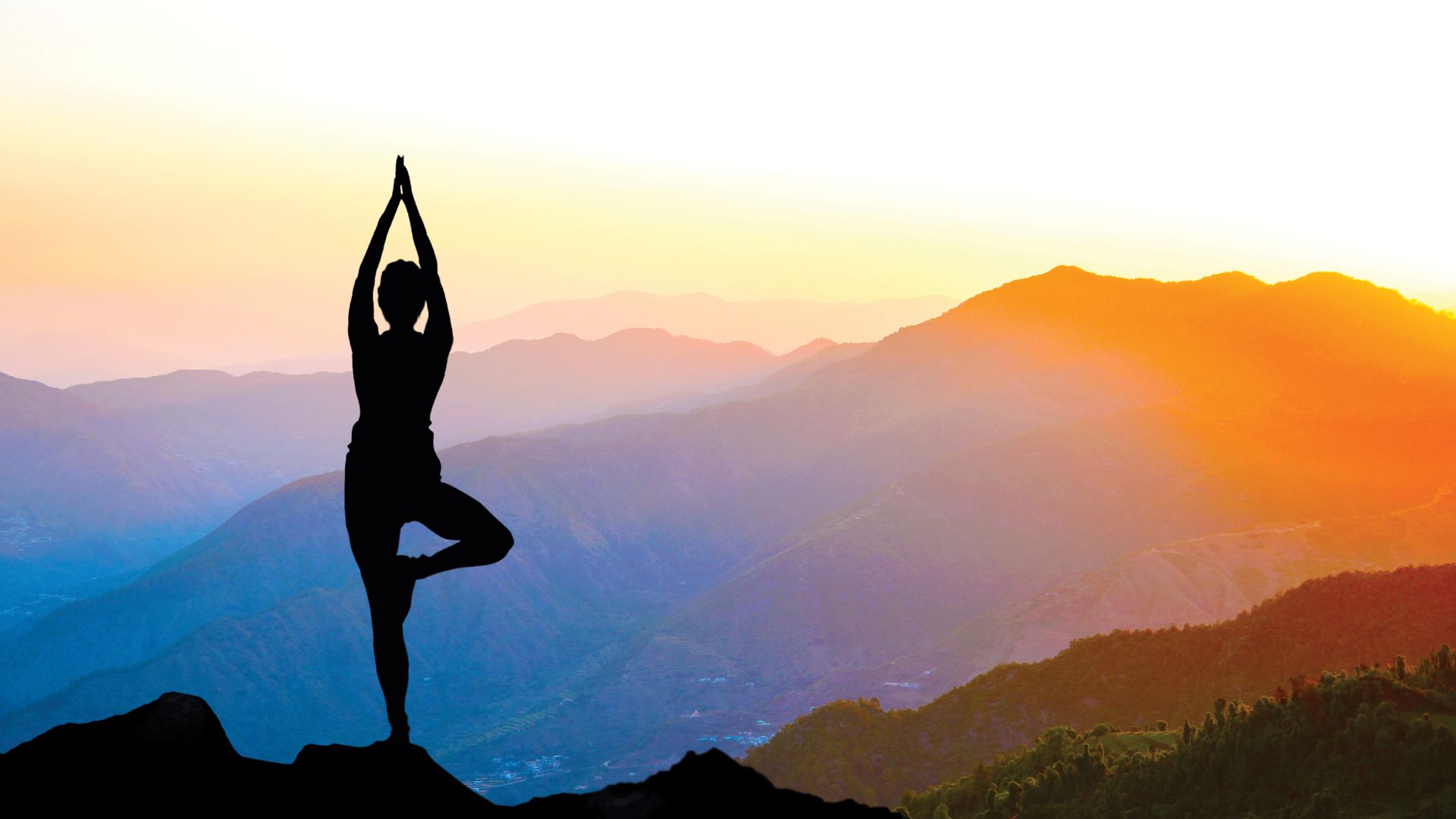
A key component of Panchakarma therapy, Vasti is a medicated enema that helps to balance the Vata dosha. It’s used for treating a wide range of conditions, including neurological, musculoskeletal, and digestive disorders.
There are around 80 different vata-related disorders in Ayurveda, and over half of them can be treated with medicated enemas.
Modern-day Ayurveda
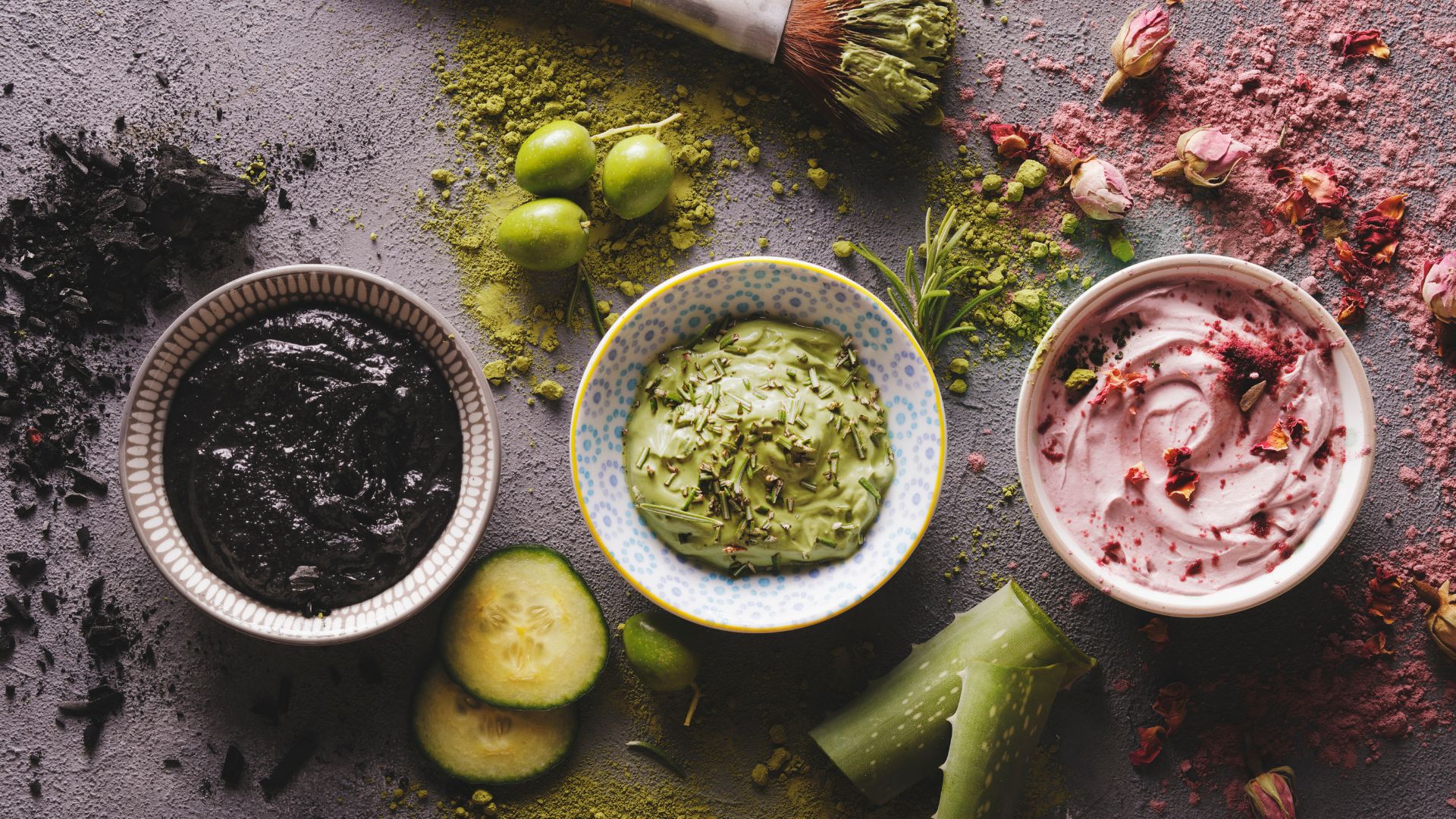
Like many ancient healing practices, Ayurveda has been commercialised in the West, stripping it of its cultural and spiritual roots. This is seen in the vast array of ‘natural’ beauty products that can be bought all over the world, many of which use Ayurvedic terminology but have little to do with the ancient practice.
Be mindful when buying commercialised Ayurvedic products and opt for the raw ingredients to make your own masks, scrubs and massage products instead.
Supplement secrets

Ideally, supplements should be bought from small-scale manufacturers who only use the best locally grown herbs, plants and barks, but sometimes it’s not possible.
In the UK, Essential Ayurveda states that they only use organic herbs in their remedies, or why not try growing your own herbs and making your own at home?
Vamana

One of the panchakarma treatments in Ayurveda, Vamana, helps to balance the aggravated kapha dosha. Dr. Rekha explains that it is mainly used in treating diseases such as “chronic allergies, asthma, skin disorders like psoriasis, eczema, obesity, hyperacidity,” and involves therapeutic induced vomiting.
Don't try this at home; it's imperative to consult a specialist first.
Virechana

Not for the fainthearted, Virechana (also part of Panchakarma) sees the Ayurvedic doctor administer carefully selected purgative herbs or medicines that induce controlled bowel movements, which can last for several hours.
The treatment is said to have many benefits, including expelling toxins from the body, strengthening immunity, and nourishing the internal organs.
Rakta Moksha
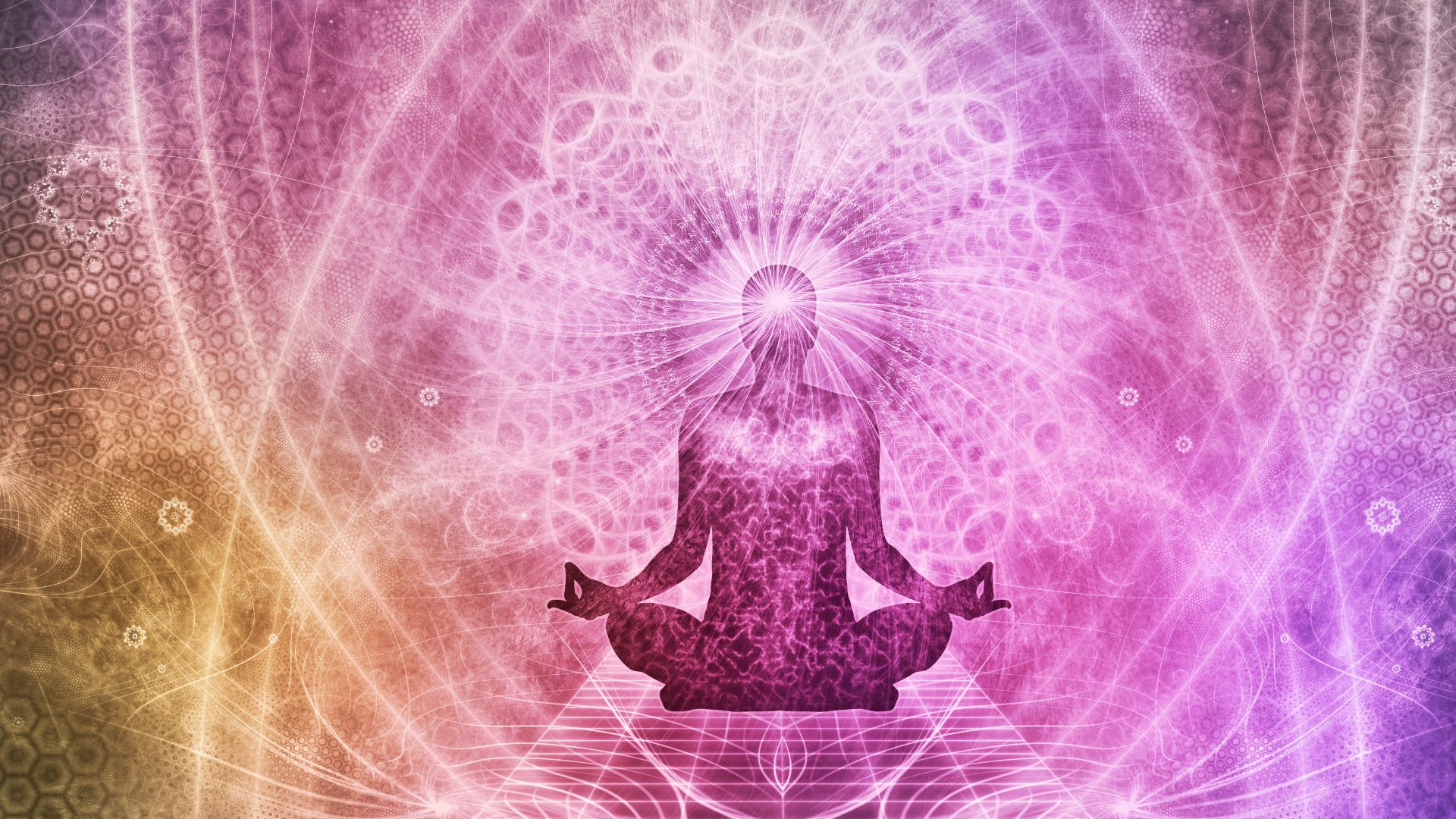
One of the least performed treatments since it involves incisions, Rakta Moksha should only be performed by a certified practitioner. Part of the Panchakarma procedure, it’s used to detoxify the blood, improve circulation, and alleviate conditions like arthritis, and it works by removing toxins and promoting better blood flow.
There are various ways of performing Rakta Moksha, one of which is by allowing leeches to draw out impure blood, while another is bloodletting.
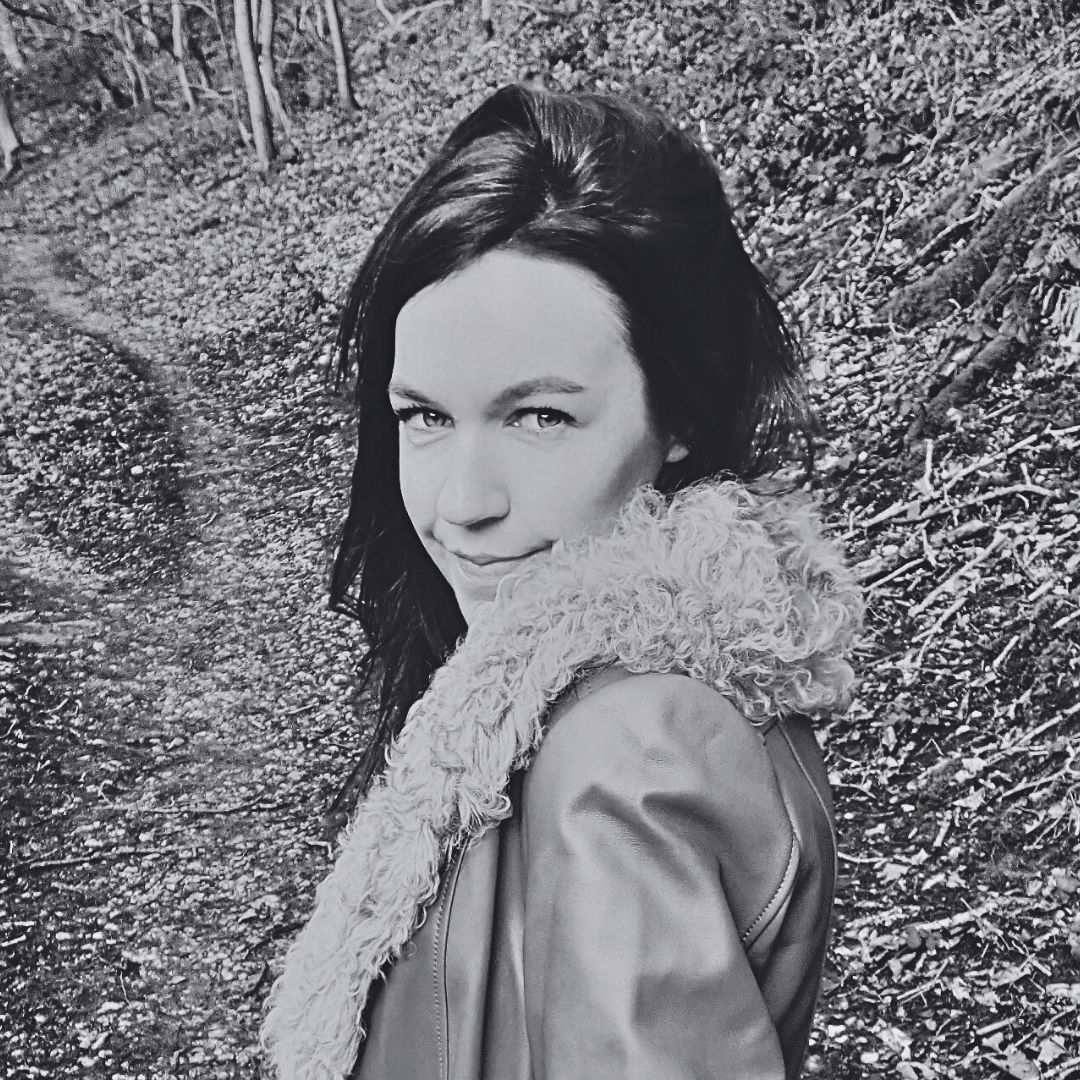
Lydia is a nomadic travel writer and solo travel expert with two decades of journalistic experience (including a nine-year stint as a fashion and beauty editor and five as a lifestyle director).
An intrepid explorer now based in Sri Lanka, she writes about her travels for The Sunday Times, Condé Nast Traveller, ELLE, Marie Claire US, The London Standard, Service 95, Harper's Bazaar, The Guardian, BBC Travel, and more.
